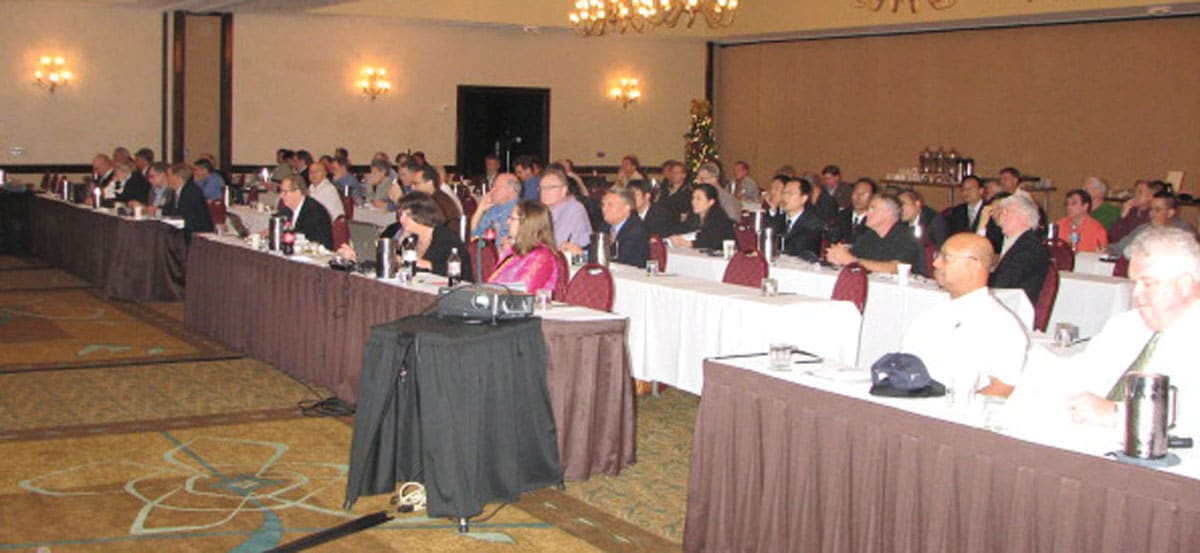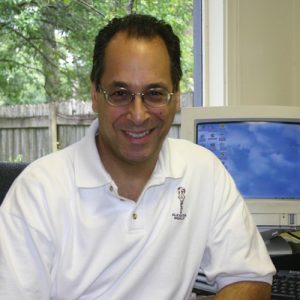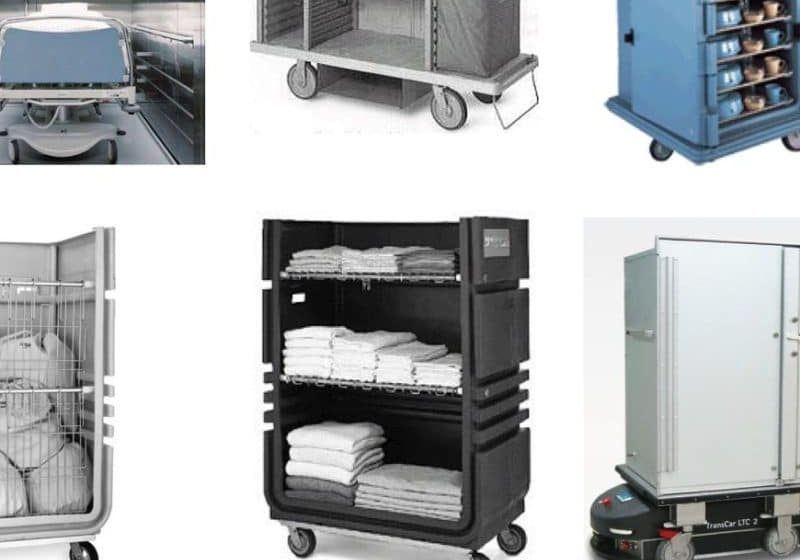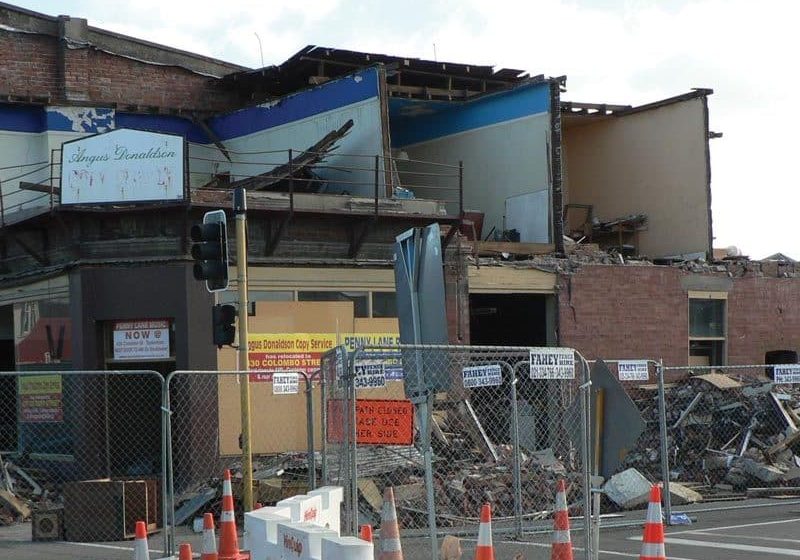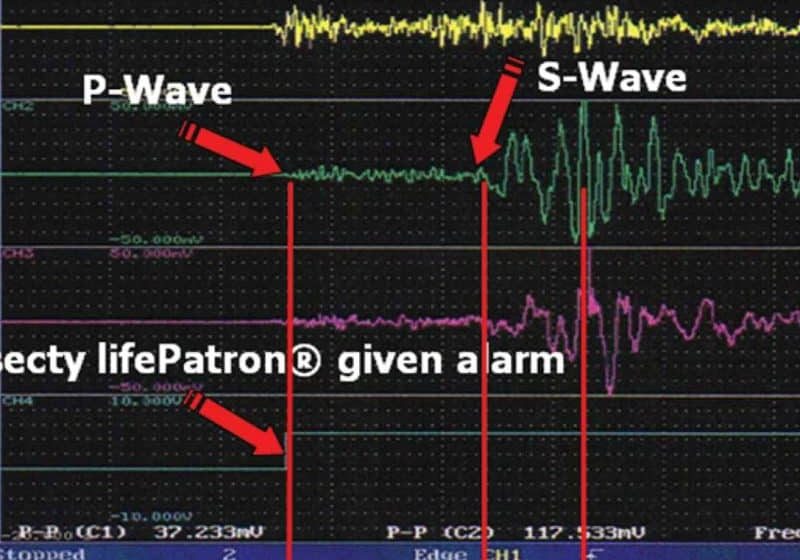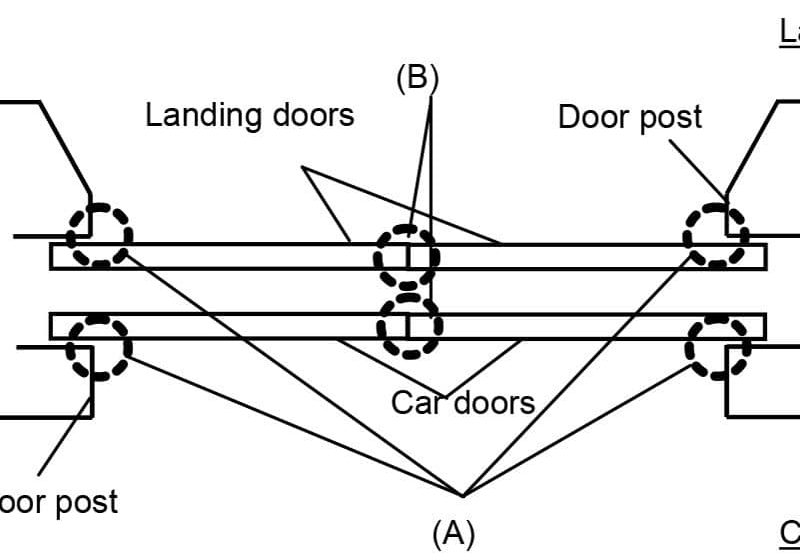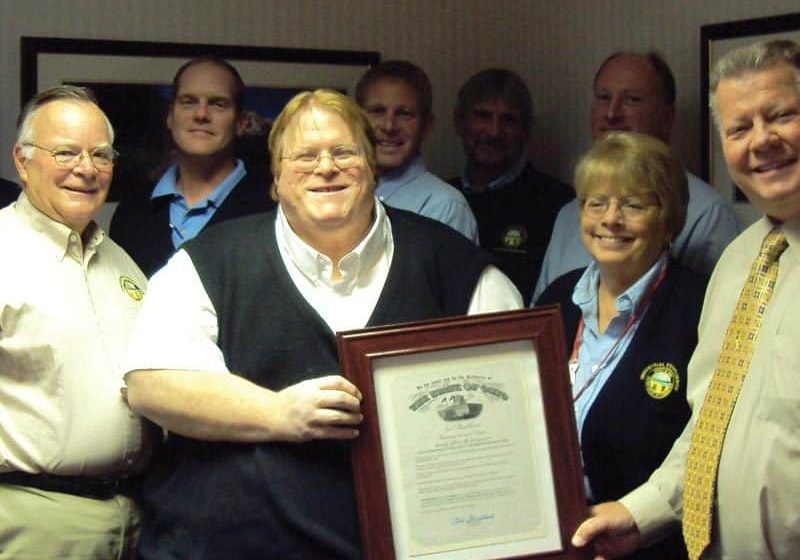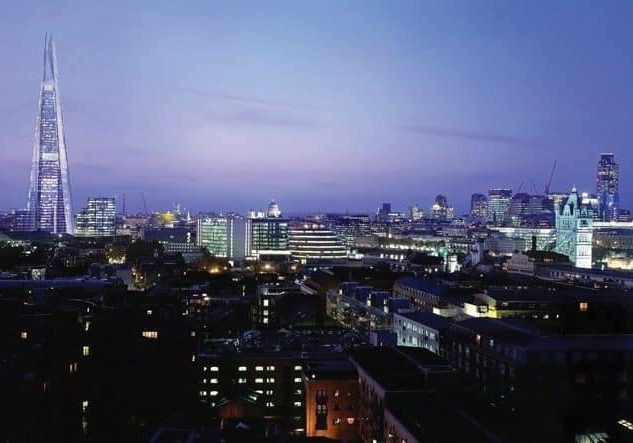EW covers the December ASME symposium held in Orlando focusing on the use of elevators in emergencies and a review of code updates.
On December 1-2, 2010 a symposium on the use of elevators in emergencies was held at the Doubletree Resort Orlando – International Drive in Orlando. As published on the American Society of Mechanical Engineers (ASME) website the purpose of the symposium was to “focus on the progress of the ASME A17 Task Group on Use of Elevators by Firefighters and Use of Elevators for Occupant Egress in order to provide a review of the code changes under development that affect elevator, building, life-safety, electrical and related codes. In addition, the Symposium [examined] proposals and experiences from U.S. and international experts in implementing changes to building and elevator systems. Consideration of human factors, including training of the public and firefighters [was] also presented.” This event was a follow-up of a similar symposium held in March 2004, and it was organized and attended by a diverse group of elevator and building design experts and organizations.
“The work of the A17 Task Groups focused on two general topics: Use of elevators by firefighters and use of elevators by occupants during emergencies.”
David McColl
The event was sponsored by ASME; the National Elevator Industry Inc. (NEII); the National Fire Protection Association (NFPA); the National Institute of Standards and Technology (NIST); Elevator World, Inc.; the Massachusetts Elevator Safety Association; Koffel Associates, Inc. and the National Association of Elevator Contractors (NAEC). Co-sponsors included Coaker & Co., P.C.; the European Lift Association; the International Code Council (ICC); the Pacific Asia Lift and Escalator Association; Rolf Jensen & Associates (RJA); and the U.S. Access Board. The event drew more than 100 attendees from the U.S., Canada, the U.K., China and Korea.
The first speaker of the event was John Miller, fire chief of Orlando. In his opening remarks, he reiterated his welcoming statement published in the Symposium program, which in part stated the following:
“Historically, elevator application issues were initially addressed in ASME-sponsored symposia (Baltimore, 1991 and 1995). Events of 9/11 made an indelible mark on the world of emergency response. Since that time, ASME sponsored a symposium (March 2004, Atlanta) to further address effective use of elevators during emergencies and incorporate lessons learned from 9/11. Leaders and professionals from diverse communities (including elevator design, building technology, human factors engineering, firefighters [and] emergency response personnel) have joined to address professional concerns of mutual interest. This symposium will bring participants up to date on what is happening and outline directions for future development, as well as provide a forum for exchange of thought among interest groups.”
“What is needed is a more rigorously protected elevator that provides more confidence to firefighters in high-rise buildings.”
Ron Cote
With this purpose in mind and a commitment by the symposium participants to come out of this event with a way forward for the utilization of elevators in fires and other emergencies, the event began with a series of presentations and panel discussions offered from an esteemed group of elevator-industry and building-design experts, and firefighters from the U.S. and Canada. Following Miller was the Symposium moderator, A17 Standards Committee for Elevators and Escalators chairman Jim Coaker. After welcoming the group to the symposium and thanking attendees for their commitment to the task at hand, Coaker recognized the sponsors, organizing committee and ASME staff who put the event together. An overview of the upcoming schedule was presented, and the group was encouraged to actively participate in the discussions throughout the event, emphasizing that the goal was to “stimulate thinking on the subject of the conference.”
Following Coaker, David McColl, manager, Codes and Standards Group, North America for Otis Elevator Co., reviewed the work of the A17 Task Groups on the Use of Elevators by Firefighters and the Use of Elevators for Building Evacuation. This work has been in progress since 2004, and the provisions of the Task Group’s proposal for incorporation into the A17 code were described, and comments from attendees were solicited. A discussion of the proposed provisions followed McColl’s presentation, setting the tone for the remainder of the symposium during which each presentation was thoroughly considered and discussed.
“Any meeting focused on use of elevators in fires and other emergencies should consider attitudinal impediments as well as technical problems and prospects.”
Jake Pauls
The following schedule provides an overview of the topics presented and considered:
Day One
- Occupation Evacuation Elevators (Model Building Codes), Ron Cote, NFPA
- Fire Service Access Elevators (Model Building Codes), Beth Tubbs, ICC
- ASME A17.1 proposals: Occupant Evacuation Elevators and Fire-Service Access Elevators, McColl, Otis Elevator Co.
- Applications of Elevators for Fire-Service Access and Occupant egress, Richard Bukowski, RJA
- Human Factors: The paradigm shift for the public, Jake Pauls, National Research Council of Canada, and Glenn Hedman, University of Illinois in Chicago
- Opportunities for additional research and study, Jason Averill, NIST
Day Two
- Related Standards, Brian Black, NEII
- • A17.4 Guide for Emergency Personnel, Dave Beste, Bellevue, Washington Fire Department
- • NFPA 72 (Relating to Occupant Notification), Lee Richardson, NFPA
- • IBC/ADAAG (Relating to Accessible Means of Egress), Kim Paarlberg, ICC
- Jurisdiction Experiences/Post WTC, Barbara Schultheis, fire marshall for the City and County of San Francisco
- Vision of Developing Evacuation Plans Around the Use of Elevators, Jack Murphy, JJM & Associates, LLC
- Economics of Egress Alternatives, David T. Butry, NIST
- Fire Service Response and Training Including the Use of Robust Fire Service Elevators, Occupant Evacuation Operation (OEO) and Emergency Evacuation from Elevator, John O’Donoghue, Cambridge, Massachusetts Fire Department, and Ken O’Donnell, Boston Fire Department
“The fire service must be given the opportunity and the training to ensureOEO is given time to operate successfully. When buildings equipped with OEO systems appear, it will be critical that the fire service is trained to recognize these new systems.”
John O’Donoghue
The event concluded with a question-and-answer session based on the speakers’ presentations, and an extensive discussion of the next steps needed to implement the recommendations presented by the speakers and how best to address the suggestions and concerns offered by the audience.
The symposium was filled with an expression of gratitude on behalf of the event’s organizers and sponsors for the enthusiastic input provided by the speakers and participants. Commitments were made to support a follow-up symposium sometime after the current A17 Code proposals are adopted and sufficient implemented experience is obtained. It was also announced that any revisions made to the A17 code as a result of this work will be incorporated in the 2013 edition of the A17 code, which will be able to be obtained from ASME at www.asme.org or ELEVATOR WORLD’s Bookstore at www.elevatorbooks.com.
Get more of Elevator World. Sign up for our free e-newsletter.
